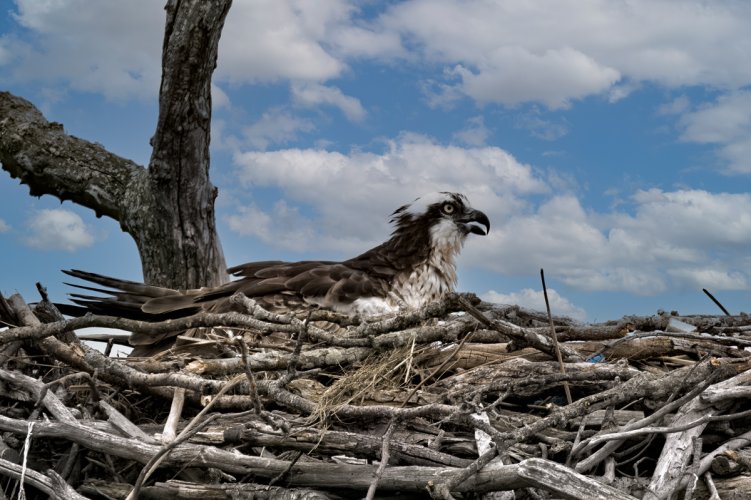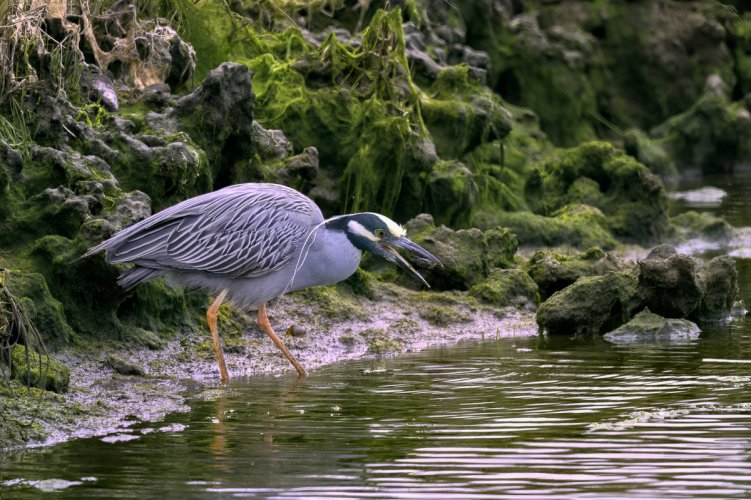My question is based on using a 180-600 on a Z8 or a Z9. The choices are shooting in DX mode or using a 1.4 converter and staying in FX mode.
Forget about iso, shutter speed, f stop, conditions, barametric pressure, sun angle, etc.
Thanks,
Vinny
There are 4 things to consider that you may have overlooked.
1/ The first is
what standard (perhaps as in feather detail separation) you as opposed to another photographer are prepared to accept?
This detail leads to a lot of "debate" !
2/ cropping in post to 19 MP (as already mentioned the same as selecting DX mode) reduces resolution and feather detail by an obvious amount.
You distinctly reduce feather detail separation - and any negative effect of camera shake without cropping becomes more severe after cropping.
That several body/lens combinations still retain enough feather detail for many photographic needs after cropping or using a TC is IMO a separate topic.
Getting closer or a longer focal length often gets better results.
3/ using a 1.4 x TC works a bit differently.
It reduces resolution by less than cropping to 19 MP, but with the negative trade offs the extra lens elements reduce contrast a bit, AF performance is reduced and camera shake potential is increased.
There is the positive bonus that more pixels on any one part of the subject help create more subject detail separation of resolution or colour separation - though still below what is achievable by either getting closer to better fill the frame or using a longer prime.
The contrast reduction with a TC is likely why some prefer to switch from potentially higher resolution with a TC to cropping when the subject is low contrast.
4/
remarkably good though the 180–600 is at its price point; being a zoom without Nano coating it has a bit lower contrast and a bit lower resolution than the 600 mm F 6 .3 and obviously lower than the 600 mm f4.
Using a modern lens bare is often more than satisfactory for many purposes.
Even so some photographers are likely to be less than fully satisfied sooner when cropping or using a TC with the 180-600 - because of the moderately lower resolution and contrast starting point threshold compared to the best primes.
My suggestion is starting by cropping saves around £/$550 for the 1.4 TC - making it the cheaper starting point.
Then perhaps save for either the Z 1.4 TC or the moderate aperture 400mm, 600mm and 800mm Z primes.
With good technique the primes should produce more satisfactory results (whatever your standard) than a 180-600 image either cropped to 19 MP or with a TC -
except perhaps when you need to zoom !


